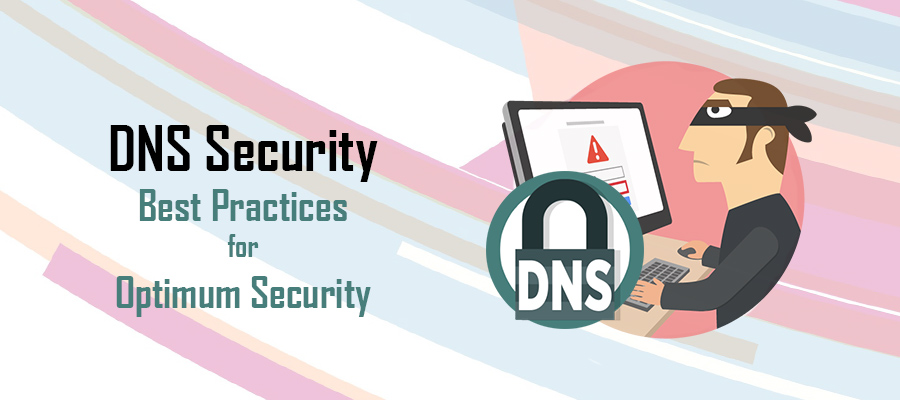
These days, enterprise security goes far beyond the traditional safeguards such as physical on-premise security guards, camera systems, and door alarms. Digital security is essential to the successful operations of business, and should often be the first line of defense in protecting your brand, reputation, and sensitive or protected client data.
Each day, millions of websites and computers are breached. While you likely hear about the countless stories of hacking and cyberattacks, it’s not until it happens to you that it truly becomes real. Safeguarding your computer and network from attack requires more than protecting on-page and server databases.
To truly maximize the stability and security of your enterprise, it’s imperative to identify weaknesses in every component involved with connecting to the internet. One of the most overlooked elements of security is DNS. This essential communication protocol, which stands for Domain Name System, manages IP addresses and name server pointers for domain names.
While this protocol has many different capabilities, the topic of security is often left unmentioned. Thankfully, solidifying the security of this essential communication protocol is easier than you may think. You simply need to follow a few best practices, as well as remain vigilant regarding network health and safety.
Hide Primary Servers from View
This security best practice is generally more applicable for the server infrastructure that oversees domain names for an entire region. Regardless, it’s an important factor to review even as a standard internet user.
The main hosting servers, which store all DNS records for a specific region, should never be listed as an actual name server. Moreover, they should never be accessible by any end-user. This is important to safeguard entrance and prevent malicious attacks, which could destroy an entire zone or region.
Focus on Localized Users
Whenever you can, try to assign name servers that are geographically close to the bulk of your end-users. An excellent example of this technique is to choose a name server organization that hosts name servers at various locations throughout a specific geographic area.
This reduces server strain, and results in faster connections, as requests are distributed to specific servers based on end-user proximity, as well as clustered server strains. Ultimately, this results in faster performance, but also minimizes the risk of an isolated attacks negatively affecting an entire zone or region.
Protected Zone Transfers
As an added level of security, make sure the DNS data transfers are zone-protected. This means the on-server configuration offers ACLs, or Access Control Lists, as well as TSIGs, or Transaction Signatures. Of course, these should be used in conjunction with firewalls. This allows all zone data transfer requests to be carefully monitored and protected. This security feature protects the main server, as well as secondary zone servers.
Be Mindful of DNS Cache Attacks
One of the most common weaknesses, or security flaws, when it comes to DNS protocols is cache poisoning. This occurs when data is cached from sources not approved or authorized by a network. Typically, this is a sign of a malicious attack, which causes disruptions to the actual domain name visitors are taken to.
For example, your end-users go to your domain, but are automatically redirected to a malicious spam site. There are multiple ways to prevent this from happening, but the most effective maintenance task is performing a DNS cache flush.


